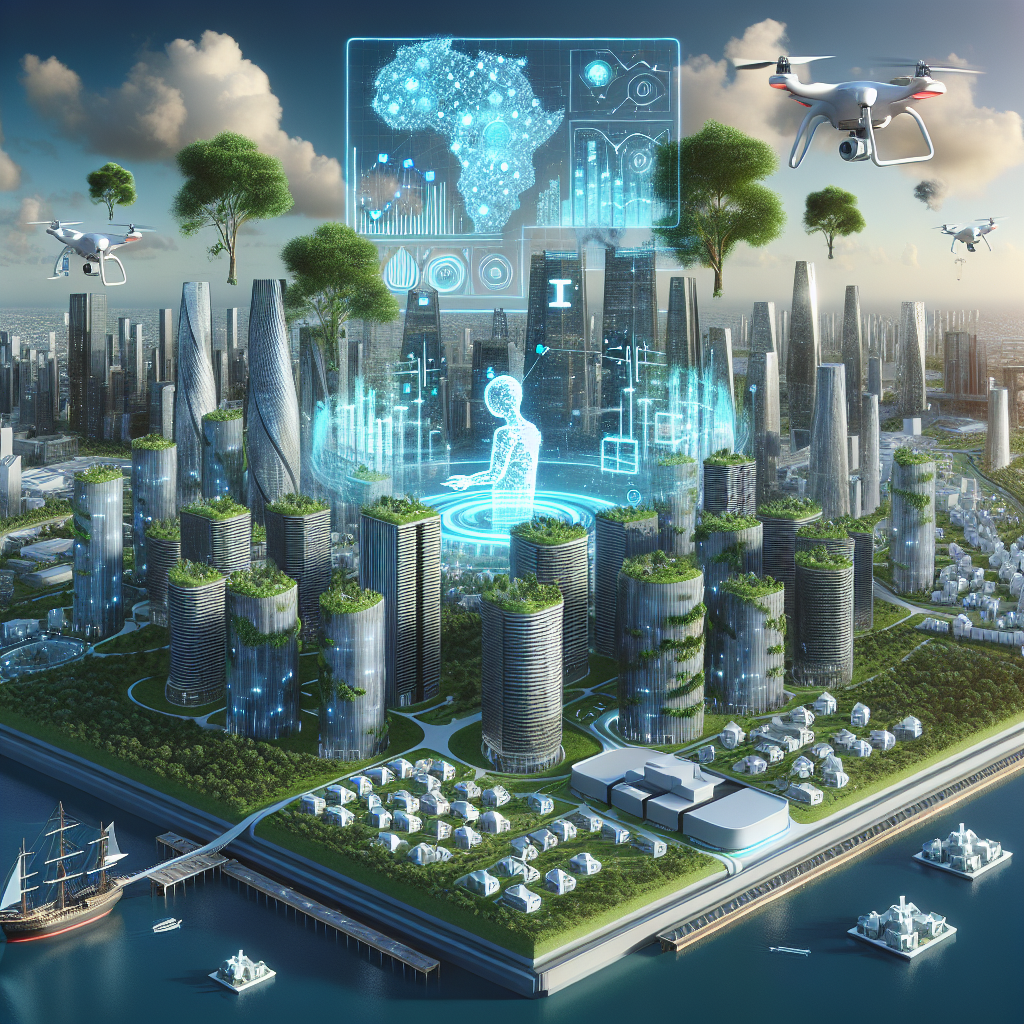The real estate industry has always been at the forefront of innovation and technological advancements. With the rise of artificial intelligence (AI), property development and design are being revolutionized in ways that were previously unimaginable. From predictive analytics to automated design processes, AI-driven solutions are transforming the way buildings are planned, constructed, and managed.
AI in property development
One of the key areas where AI is making a significant impact in real estate is property development. From site selection to construction management, AI is helping developers make more informed decisions and streamline the development process. For example, AI-powered predictive analytics can analyze large amounts of data to identify the most promising locations for new developments based on factors such as population growth, economic trends, and infrastructure investments. This allows developers to make more accurate predictions about the future demand for properties in a particular area, reducing the risk of investing in a location that may not yield a high return on investment.
AI is also being used to optimize the design and construction process. By leveraging AI algorithms, architects and engineers can generate design options that meet specific criteria such as cost, energy efficiency, and aesthetics. These algorithms can analyze thousands of design variations and recommend the most optimal solutions, saving time and reducing the likelihood of errors. Additionally, AI can assist in project management by monitoring progress, identifying potential delays, and optimizing resource allocation to ensure that projects are completed on time and within budget.
AI in property design
In addition to property development, AI is also transforming property design. With the help of AI-powered tools, architects and interior designers can create more personalized and efficient spaces that meet the needs of their clients. For example, AI algorithms can analyze user preferences and behavior patterns to suggest design solutions that maximize comfort, functionality, and aesthetics. By incorporating AI into the design process, designers can create spaces that are not only visually appealing but also optimized for the needs and preferences of their users.
AI is also being used to enhance the sustainability and energy efficiency of buildings. By analyzing environmental data and building performance metrics, AI algorithms can recommend design solutions that reduce energy consumption, minimize waste, and lower carbon emissions. This allows developers to create buildings that are not only environmentally friendly but also cost-effective to operate in the long run.
FAQs about AI-driven property development and design
Q: How can AI help developers choose the best locations for new developments?
A: AI-powered predictive analytics can analyze a wide range of data sources to identify promising locations for new developments based on factors such as population growth, economic trends, and infrastructure investments. By leveraging AI algorithms, developers can make more informed decisions about where to invest in order to maximize their return on investment.
Q: How can AI improve the efficiency of the design process?
A: AI algorithms can analyze thousands of design variations and recommend the most optimal solutions based on specific criteria such as cost, energy efficiency, and aesthetics. By automating the design process, AI can help architects and engineers generate design options that meet the needs of their clients while saving time and reducing the likelihood of errors.
Q: How can AI enhance the sustainability of buildings?
A: By analyzing environmental data and building performance metrics, AI algorithms can recommend design solutions that reduce energy consumption, minimize waste, and lower carbon emissions. By incorporating AI into the design process, developers can create buildings that are not only environmentally friendly but also cost-effective to operate in the long run.
In conclusion, AI-driven property development and design are reshaping the real estate industry by enabling developers and designers to make more informed decisions, streamline processes, and create spaces that are optimized for the needs of their users. As AI technology continues to evolve, we can expect to see even greater advancements in the way buildings are planned, constructed, and managed, ultimately leading to a more sustainable and efficient built environment.

